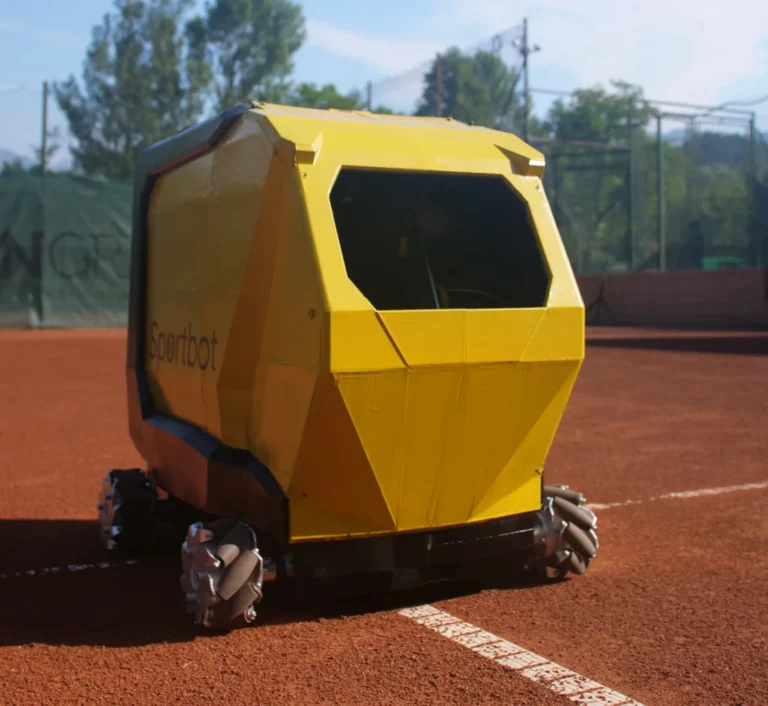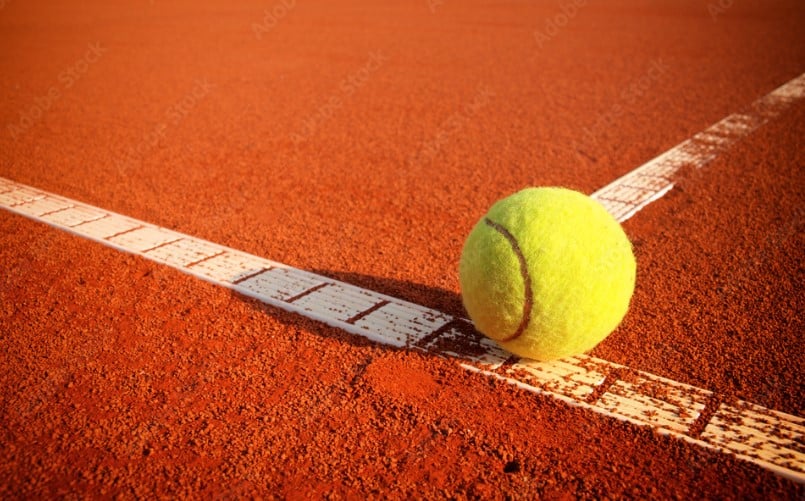What tennis balls to choose for your ball machine?
A guide for optimal performance.
“The right tennis balls can turn an ordinary practice session into an extraordinary one.”
Table of contents:
- Reliable bounce helps perfect timing and footwork
- Balls must endure constant hits and retain shape
- Good spin, feel, and control enhance training quality
- Pressureless vs. pressurized tennis balls
- Advantages of pressureless tennis balls
- Disadvantages of pressureless tennis balls
- What tennis balls do we use?
- Summary
Tennis enthusiasts, both players and coaches, understand the critical role that tennis balls play in enhancing practice sessions and refining their skills. With a ball machine as your training partner, selecting the right tennis balls is crucial.
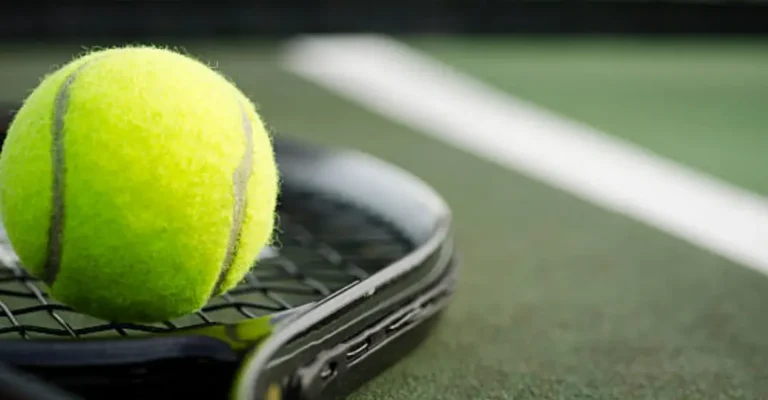
When selecting tennis balls for ball machine training, there are several important qualities to consider:
Reliable bounce helps perfect timing and footwork
A predictable and reliable bounce is crucial for players to develop their timing and footwork effectively. It’s important to assess the construction, materials, and pressurization of the balls to ensure consistent bounce quality.
Balls must endure constant hits and retain shape
With the repetitive hits involved in ball machine training, choosing tennis balls that can withstand constant use without losing their shape or felt covering is essential. Look for high-quality materials and robust construction to ensure long-lasting performance.
Good spin, feel, and control enhance training quality
Playability is a significant consideration. This encompasses factors such as spin response, feel, and control. The ideal tennis balls should offer the desired playability characteristics that align with your specific training needs.
Pay attention to the thickness of the felt and the composition of the balls to ensure a satisfying and productive practice experience. By considering these qualities, players can select the most suitable tennis balls for their ball machine training, allowing them to optimize their skills and performance on the court.
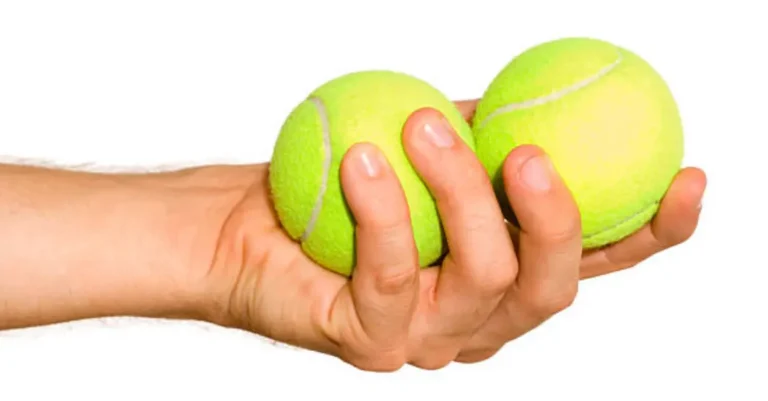
Pressureless vs. pressurized tennis balls
There are two main types of tennis balls to consider: pressureless and pressurized. While both pressureless and pressurized tennis balls can be used in a ball machine, understanding the differences can help you make the right choice.
Pressureless tennis balls, as the name suggests, are not pressurized with a mix of air and nitrogen like their pressurized counterparts. Instead, their design and construction allow for sufficient bounce and energy return without relying on internal pressure.
This unique characteristic ensures consistent performance over a longer period of time. Unlike pressurized balls that come in plastic tubes, pressureless balls are often packaged in mesh or plastic bags and buckets. They are suitable for all court surfaces, including hard, clay, and grass, making them versatile options for indoor and outdoor play.
On the other hand, pressurized tennis balls gain their bounce through an injection of air and nitrogen during manufacturing. These balls undergo a vulcanization process where their rubber halves are sealed with internal pressure. They are stored in plastic tubes with an internal air pressure to maintain their performance until use.
Pressurized balls are highly regarded for matches and serious competition, delivering optimal performance with a desirable bounce, feel, and enhanced topspin. However, their lifespan is shorter compared to pressureless balls.
Once opened, pressurized balls gradually lose their internal pressure, resulting in a decrease in bounce known as becoming “dead.” Even unopened cans of pressurized balls will lose pressure over time, so it’s important to consider their shelf life when purchasing in bulk.
By understanding the distinctions between pressureless and pressurized tennis balls, you can make an informed decision based on your playing preferences and needs.
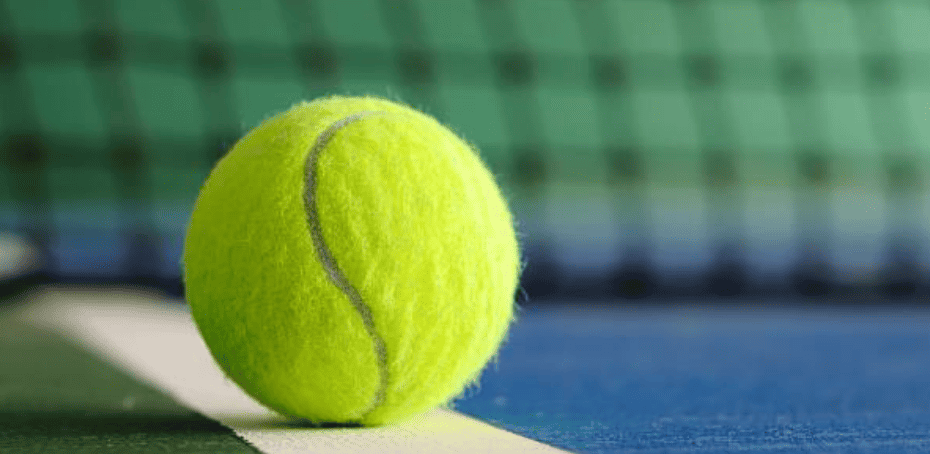
Advantages of pressureless tennis balls
One of the main advantages of pressureless tennis balls is their longevity. Unlike pressurized balls that last only for a short period of time, pressureless balls can endure for up to a year, making them a cost-effective choice.
Additionally, pressureless balls offer better felt durability, ensuring that they perform well over the long term. Pressureless balls are suitable for all types of play, including practice sessions, coaching, and recreational play.
Disadvantages of pressureless tennis balls
While pressureless tennis balls have numerous advantages, there are a few drawbacks to consider.
Firstly, the bounce of pressureless balls may not be as springy as that of pressurized balls, especially when comparing freshly opened cans. However, after some playtime, the bounce becomes similar to that of pressurized balls.
The weight of pressureless balls is slightly heavier due to their thicker rubber cores, resulting in a slower travel speed. This weight also affects topspin generation, requiring a bit more effort.
Additionally, pressureless balls may feel stiffer and produce a different sound when struck, which some players may find off-putting.
Finally, players with arm issues such as tennis elbow may experience added discomfort when using pressureless balls.
What tennis balls do we use?
If you’re loading up your ball machine and wondering which tennis balls to go for, here is some top picks for you.
For those who prefer pressurized balls, the Dunlop Fort All Court is a solid bet. They’ve got a great bounce and last quite a while, perfect for those intense practice sessions.
But if you lean towards pressureless balls, which tend to last longer in machines, you can’t go wrong with the Tecnifibre XLD. They give you consistent play session after session.
So, whether you’re training for your next match or coaching the next tennis star, choosing the right ball can make all the difference.
Summary
Pressureless balls emerge as the superior choice, particularly for beginners and recreational players. Their notable durability ensures optimal performance and substantial cost savings, making them a prudent choice for players still mastering their techniques.
Furthermore, pressureless balls are a perfect fit for extended practice sessions and coaching, where their consistent bounce and durability can be fully utilized over time.
However, pressureless balls may not be the ideal choice for competitive practice or advanced players. Their slightly heavier weight and different bounce characteristics compared to pressurized balls could influence the precision needed in high-level play.
Want to read some more?
Or looking for a tennis ball machine?
